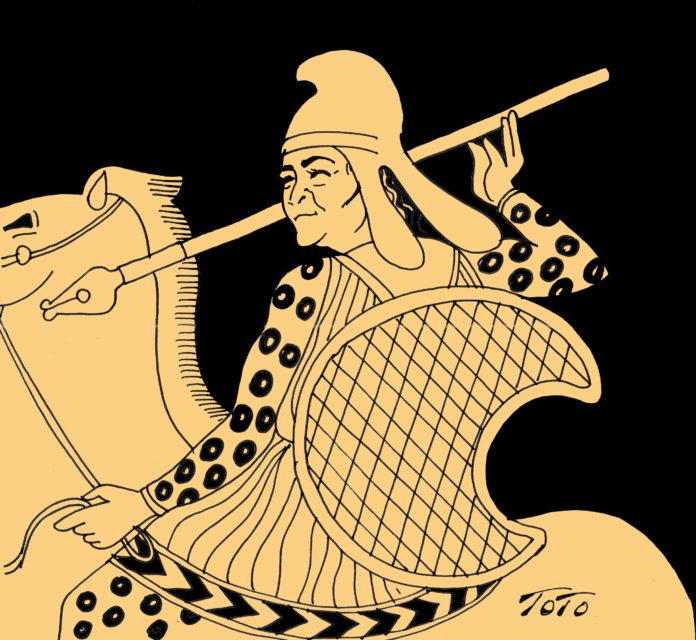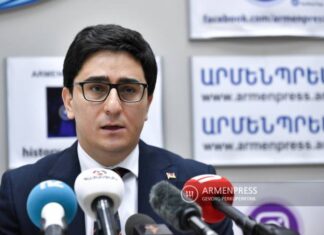In the early 2000s, I was in Armenia when I called Silva Kaputikyan (or Gaboudigian in Western Armenian) on the last day of my trip. I apologetically informed her that my visit to her would not last more than one hour, because of time constraints. Her answer was: “If you will bargain your hours and minutes with me, you may as well cancel your entire visit.”
She was blunt and brutally honest with friend and foe alike.
The centennial of her birth was in 2019, but the anniversary was marked in a rather muted way. This year, her 101st anniversary was celebrated in a more official way; her apartment was dedicated as a museum.
Kaputikyan was bigger than life. She carried an aura of regal dignity on top of her charismatic personality. She was born in Armenia during the Soviet period, but she never dissociated herself from the heritage of her family, who hailed from Van, from the oldest cradle of Armenian civilization.
During her lifetime, she produced a profusion of literary output which was translated into Russian and through Russian into many foreign languages. She was more than an Armenian poet; she was celebrated throughout the Soviet Union. She surely paid her dues to the Soviet officialdom to build her literary and political pedestal, from the height of which she delivered her poetic and nationalistic messages to Armenia and beyond.
Even her poem dedicated to the Chelyabinsk Tractor Factory was not devoid of poetic color and candor.










